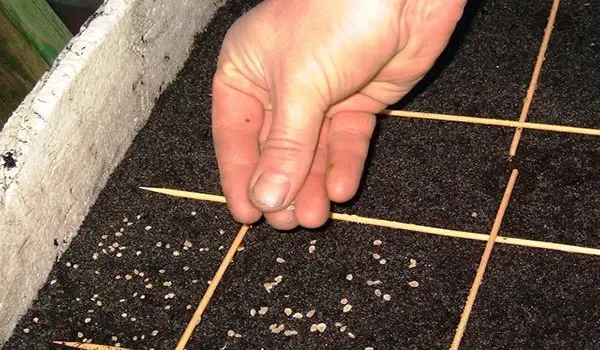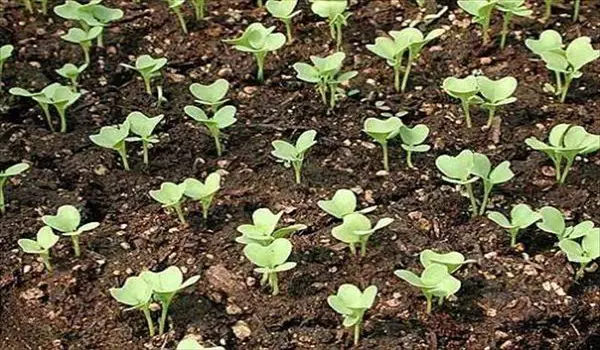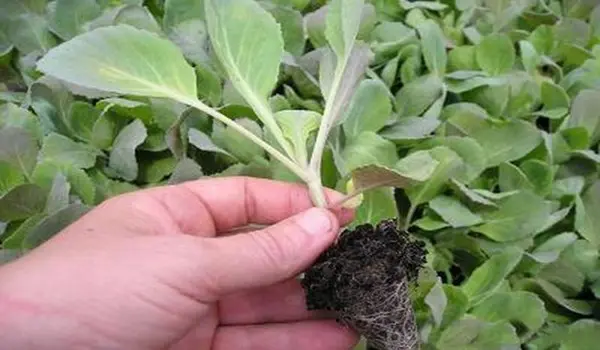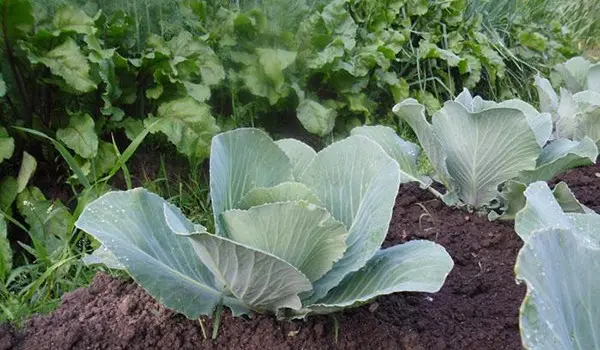Contents
Many believe that cabbage care is needed only at the initial stage of cultivation, and then it develops on its own. Probably, such rumors are spread by those who have never grown this plant themselves, because a slight change in the conditions for growing cabbage in the open field can lead to crop loss. Even with all the advantages of cabbage as a plant, there are enough factors that can negatively affect its development. In this article, we will talk about the features of growing cabbage in the open field, share useful tips that can be useful in gardening.
Varieties for open ground
First of all, you need to understand that there are different types of cabbage: white, red, Brussels, Beijing, cauliflower. In our area, in the open field, they grow mainly white-headed, less often red-headed.
The most popular varieties: Gribovsky 147, No. 1 polar K-206 (early-ripening varieties), Transfer, F Sprint, F Rinda, Zolotoy hektar, Stakhanovka (mid-ripening and mid-late varieties) Galaxy, Kolobok, Gade (late varieties). These varieties can also be grown in greenhouses, but they are best suited for outdoor cultivation.
General rules for growing outdoors
As already noted, growing cabbage in the open field is not as easy as it seems. Even if she is surrounded by the same care as the seedlings in the greenhouse, all the same, more dangers await her here, from which she should be protected. There is a high probability of occurrence of various diseases, pests. You also need to monitor the soil moisture, because deviations from the norm in any direction can lead to unpleasant consequences. A lot depends on the area.

Firstly, it should not be shaded, as cabbage is a light-loving crop. Secondly, you need to take into account the crops that grew before: it is undesirable to plant cabbage after radishes, turnips, tomatoes, beets. This is primarily due to the nutrients that these crops “suck out” from the soil, and after them, “enhanced” diseases that pose a danger to cabbage can also remain on the site. It is better to choose areas for cabbage where potatoes, cucumbers, cereals, and legumes were previously grown.
It is important to remember that acidic soil is not suitable for growing cabbage in the open field, in which case, be sure to lim it.
Sowing and seed care
If you decide to grow cabbage from seeds, then your first actions should depend on which seeds you decide to use: bought in a store or obtained by your own labor. Before sowing your own seeds, they must be prepared: first, hold them for some time, no more than 20 minutes, in hot water (the water temperature should be about 50 ° C), immediately after that send them for a couple of minutes in cold water, and at the end completely dry .

With purchased seeds, this is not necessary, since almost all manufacturers pre-treat the seeds. A similar procedure is done immediately before sowing: the seed is soaked and kept for a day at a cold temperature – such hardening contributes to the early germination and resistance of the seeds. In the future, such seedlings in open ground will be able to withstand frosts of 5-7 ° C, while unhardened ones will not withstand more than two or three.
For growing seedlings from seeds, exclusively loose soil is used, as a rule, with a large admixture of peat. There is a picking method, when the seedlings are moved to individual containers, there is no picking. But regardless, there are general rules for caring for seedlings. Cabbage needs moderate watering: if there is a shortage, it begins to dry out, grow weakly, and if you pour it in, oxygen will stop flowing to the roots, rotting will begin, and other diseases are possible.

It is necessary to observe both light and temperature conditions. Poor light or high temperatures entail stretching of seedlings, the same result will be with dense sowing. It is also recommended to frequently ventilate the room with seedlings.
It is important to remember that the first 2 weeks the cabbage will grow slowly, and the first pair of leaves will appear in about 20-25 days.
Landing in the ground
It is worth planting only strong seedlings, which have already acquired a dark green color, have 4-5 leaves. The place for planting is marked out as follows: the distance between plants should be about half a meter, that is, the holes are knocked out after 50-60 cm each, and the rows should be separated by a distance of about 70-80 cm.

In addition to watering the holes before planting, you also need to add fertilizer there – compost, they also add wood ash mixed with the ground, then water it again. It is important to ensure that the growth point is not covered.
Care
After you have planted the seedlings and it has taken root, you can breathe a little – half the work is done, but in no case should you stop caring for the plants. You need to continue to water the plants 2-3 times a week, later you can already switch to a one-time abundant watering for a week. Experienced gardeners recommend sprinkling watering, so the air is also saturated with moisture. At least once every two weeks, it is desirable to loosen the ground near the plant.
Try to fight pests as effectively as possible (today there are enough chemicals designed to fight certain diseases, insects, you can also resort to folk methods).

Feeding needs to be done several times. The first is about two weeks after landing in a new place – they usually make phosphate fertilizer, manure, chicken droppings. The second top dressing should take place in another 2 weeks, the same components are introduced, potash mixtures can be finished off, further dressings are made if necessary.
Given the cold resistance of cabbage, it can be safely cut even after frost, early ripe varieties, of course, earlier. Here you need to accurately choose the time, because if you harvest earlier, the vegetables may begin to wither, if you miss the moment, cracks in the heads are inevitable.
Video “Tips for caring for planted cabbage”
A video that is designed to teach beginner gardeners to avoid annoying mistakes in the process of growing cabbage in their summer cottage.









